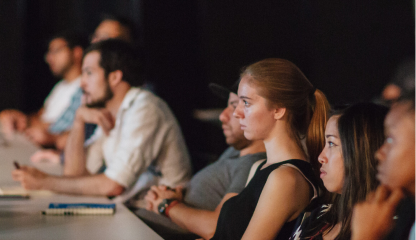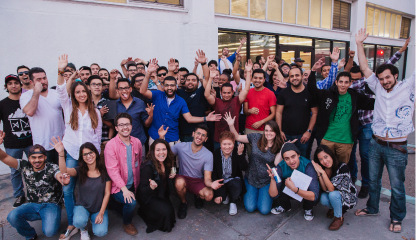In October 2019, I was invited to give a key-note speech at the 4D Conference in Osaka, Japan in front of an international audience of designers and design experts.
During the preparation of my speech, I had the opportunity to reflect on the very nature of design and its meaning concerning contemporary challenges.
We live in very particular times, in which the progression of technology is faster than ever before, and at the same time, the natural resources of the planet have shown their limits.
As designers, we have the unique opportunity to contribute to the creation of the next generation of products and systems, a fundamental role in humanizing technologies and the responsibility of envisioning a sustainable future.
In my presentation, I investigated the actual meaning, value and substance of design and proposed to explore the notion of design as pro-jèct – in Italian progettare, in French projecter, from Latin projectare – to redefine and clarify what I believe are the core competences of design as a profession across different specializations, disciplines, scales and product types.
The idea of project as a verb, derived from the etymological roots pro-jacere – ‘to throw or cast forward’ – challenges the universally accepted notion of design as problem-solving and as a process that can be applied to deliver a solution to a given problem, and argues that the substance of design is the ability to envision and to create hypothesis (give birth to possibilities, opportunities) that are not given, nor yet exist.
The problems to be solved have yet to be defined. In the “pro-jèct” framework, the primary attribute of a designer is to be visionary, to envision the future, to see beyond current paradigms and accepted solution frameworks.
The unique competence of who pro-jècts is to translate technological advances into meaningful experiences for human beings and society.
In doing so, we can no longer ignore that we act in an environment with limited resources, where the aggressive exploitation and consumption of such resources is damaging our life conditions. In the work I presented, I encourage designers to adopt a new system of values – somehow beyond human-centricity and towards human-ecosystem centricity – that can help to frame the opportunities and the projects, by considering not only their value for the individuals but also their possible impact on the larger eco-system.
The ultimate goal of this work is to promote a design culture that recognizes opportunities in socio-technical development and reinforces the systemic and critical thinking in the creation of positive scenarios of change.









 619-684-8800
619-684-8800

